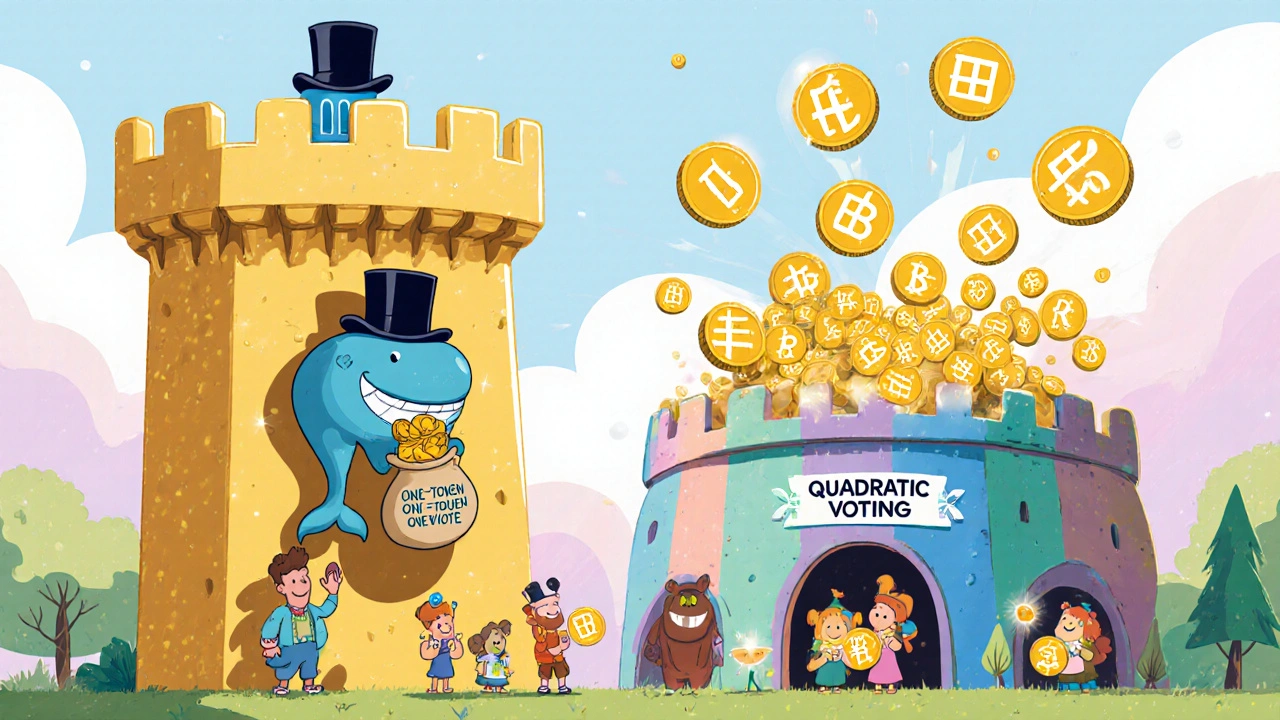Quadratic Voting: How It Works and Why It Matters for Decision-Making
When you vote, you usually get one vote per issue—no matter how much you care. But what if you could vote quadratic voting to show not just your choice, but how much it matters to you? That’s what quadratic voting does. It’s a system where the cost of extra votes goes up by the square of the number of votes you want to cast. So one vote costs 1 unit, two votes cost 4 units, three cost 9, and so on. This stops loud minorities from dominating, while still letting passionate people have more influence. It’s not about power—it’s about fairness.
This system is used in places where traditional one-person-one-vote doesn’t cut it: decentralized organizations (DAOs), community funding, and even some city councils. It works because it balances intensity with equity. Someone who really cares about a topic can spend more of their voting budget, but they pay a steep price for it. That keeps the system from being hijacked by a few highly motivated voters. It also encourages people to think carefully about what they’re voting for—because every extra vote costs more than the last. Related concepts like collective choice, the process by which groups make decisions that affect everyone and governance, the rules and structures that guide how decisions are made are built into how quadratic voting is applied. You’ll often see it paired with voting systems, methods used to aggregate individual preferences into group outcomes that aim to reduce manipulation and increase participation.
It’s not magic. It doesn’t fix bad ideas or stop bad actors—but it does make it harder for them to win by sheer volume. And that’s why it’s gaining traction. You’ll find it in crypto communities deciding on protocol upgrades, in employee-driven company policies, and even in neighborhood budget votes. The math is simple, but the impact is real: when people feel their voice is heard proportionally to their investment, they show up. And when the system rewards thoughtful engagement over loudness, decisions get better.
Below, you’ll find real-world examples, breakdowns of how it’s implemented in practice, and comparisons with other voting methods. Whether you’re managing a team, running a community, or just curious about fairer ways to decide things, these posts give you the tools to understand and apply quadratic voting where it matters most.
